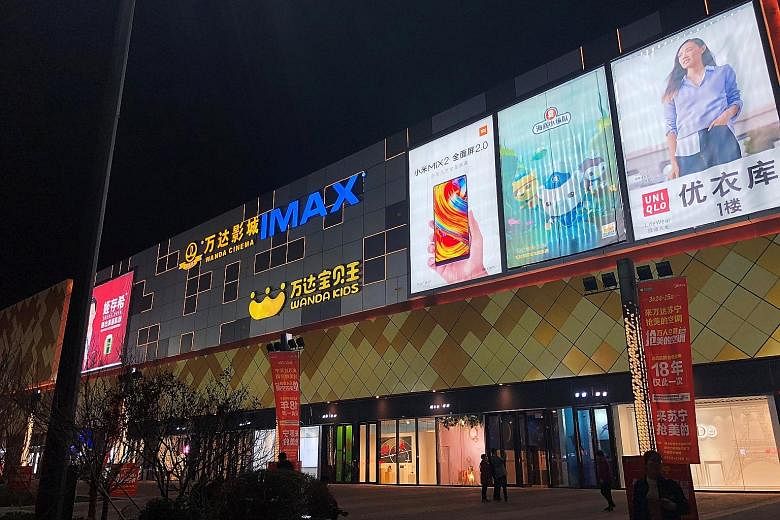XINXIANG (Henan) • The bright lights of Beijing or Shanghai have never held much allure for Mr Wu Tongxu, a 24-year-old civil servant earning a modest salary in the nondescript city of Xinxiang in China's central Henan province.
But his lifestyle is anything but parochial.
Mr Wu drives a 370,000-yuan (S$78,000) Cadillac sedan, owns an apartment and dines at restaurants. He can sometimes be found at rock concerts in Hong Kong or on jaunts up Mount Fuji in Japan - financed by his doting parents.
"If I were to live in Beijing or Shanghai, I'd never be able to afford the lifestyle I'm having now," he said.
Until now, China's consumption has been led by residents of the capital and free-spending coastal cities. But the hinterland has been catching up fast, transformed by industrialisation and rapid urbanisation in the last 10 years.
In 2016-2020, around 50 million households will enter the middle and upper classes, with half of them likely to be located outside China's top 100 cities, according to a report by The Boston Consulting Group and AliResearch, a unit of the e-commerce giant Alibaba.
That transformation has already helped spur a spending surge in the hinterland.
In a report by UnionPay/JD.com, consumption in third-and fourth-tier cities, generally those with gross domestic product of less than US$70 billion (S$93 billion), soared 58 per cent last year. Taken together, the cities have a total population of nearly 700 million.
Much of that spending is happening in places like Xinxiang, a city of 6 million, that has benefited from the rapid development of nearby Zhengzhou, Henan's capital.
The rise of cities like Xinxiang has coincided with soaring living costs in big metropolises, particularly over the past 18 months as rents hit historic highs.
Beijing and Shanghai are also tightening controls on migrants in an effort to control urban sprawl and curb the growth of their 20 million-plus populations.
As a result, so-called "small-town kids" around the country are increasingly staying in their hometowns. They are splurging on cars, fashion and entertainment, reshaping China's consumption landscape as their peers in Shanghai and Beijing contend with high living costs.
Retail sales in Xinxiang soared 12 per cent last year, exceeding Beijing's growth of 5.2 per cent. Xinxiang's gross domestic product was about 240 billion yuan last year.
That sort of shift has attracted companies such as H&M , Fast Retailing, JD.com, China Evergrande Group and Dalian Wanda Group.
A survey of over 3,300 households showed that compared with big cities, third-and fourth-tier city residents are more inclined to spend on leisure travel, cars and online entertainment, according to Mr Robin Xing, chief China economist at Morgan Stanley. He added that much of the spending was led by millennials.
In Xinxiang, millennials are also swarming new Western-styled bars and clubs at night.
Mr Tian Zeng, a coffee shop owner, frequently hits the bars with his wife and their friends after a night out at the movies.
"My philosophy towards life is to enjoy it to the fullest, so I spend money as long as it makes me happy," the 30-year-old said.
Many young people are also finding their own business opportunities at home.
Ms Li Jiao, 24, who owns four apartments, started renting them out under Airbnb last year. She said business is so brisk that she is considering hiking rental fees to 300 yuan a night from 250 yuan, almost on par with prices in cities like Beijing. "A lot of my renters are local students here who have been longing to try something new and different," she said.
REUTERS

